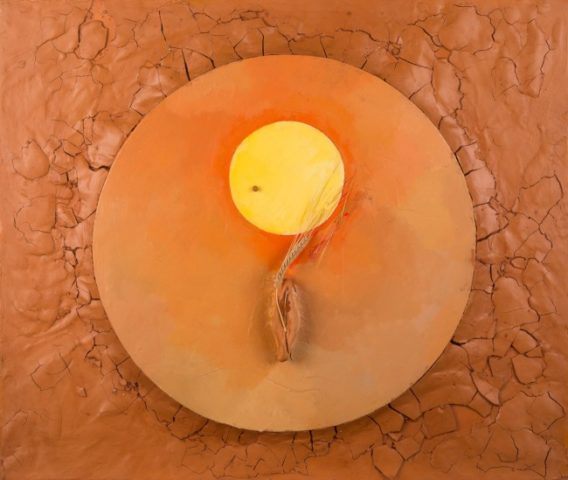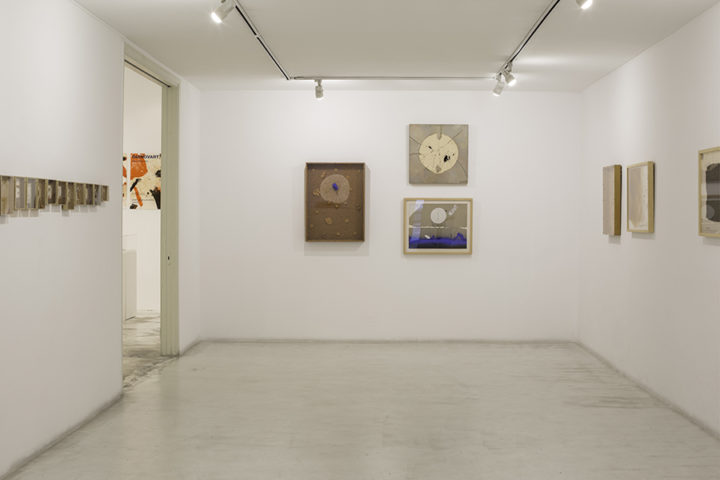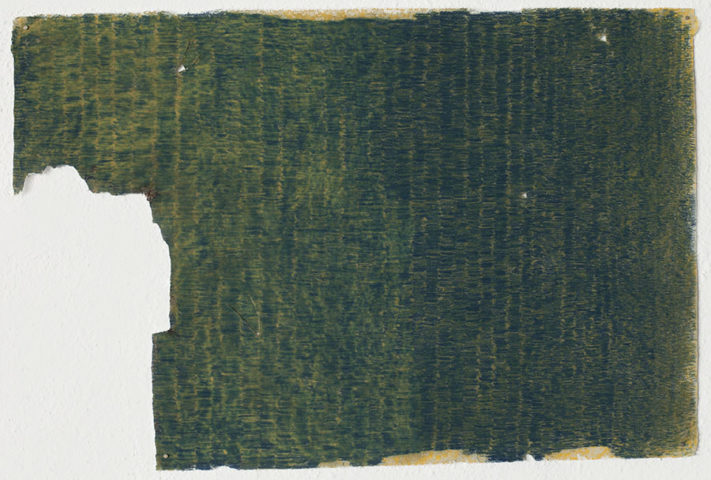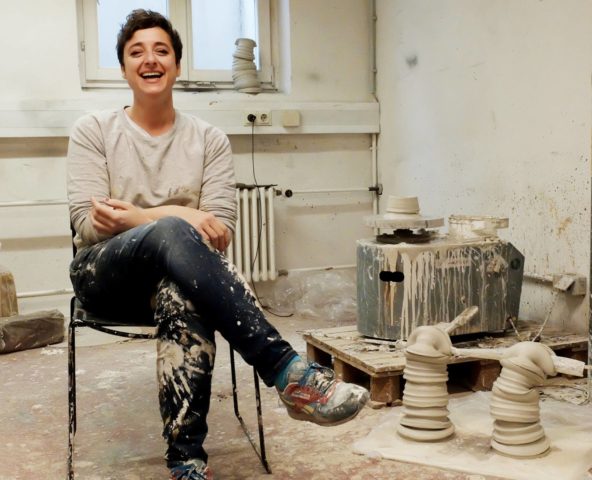Espais Volart, Fundació Vila Casas, Barcelona
Inauguració 24.1.2019 – 19.30
Exposició fins 19.5.2019
L’exposició La realitat transformada aporta noves mirades sobre el discurs plàstic de l’artista i aprofundeix en el fet que Josep Guinovart, avui dia i deu anys després de la seva mort, segueix connectant amb les diferents generacions de crítics i comissaris, amb una obra de rabiosa actualitat. L’exposició posa l’èmfasi en la capacitat de l’artista per transformar la realitat i alhora reinventar-se constantment. L’eix conceptual que actua com a factor transversal entre els diferents apartats expositius es basa en el fet que Guinovart, a través de les seves obres, viatja des d’allò més local i primigeni fins a allò més universal i infinit.
La mostra, tot i que no es presenta com una retrospectiva, compta amb algunes de les peces més significatives de les diferents etapes de tota la trajectòria de l’artista. Així mateix el recorregut, que no és lineal en el temps, s’endinsa pel frondós bosc de la creació de l’artista, i salta, ara i adés, per temes, tècniques, èpoques i matèries per explicar, en un instant final, l’extraordinària coherència d’aquest artista clau de l’avantguarda plàstica catalana de la segona meitat del segle XX.



